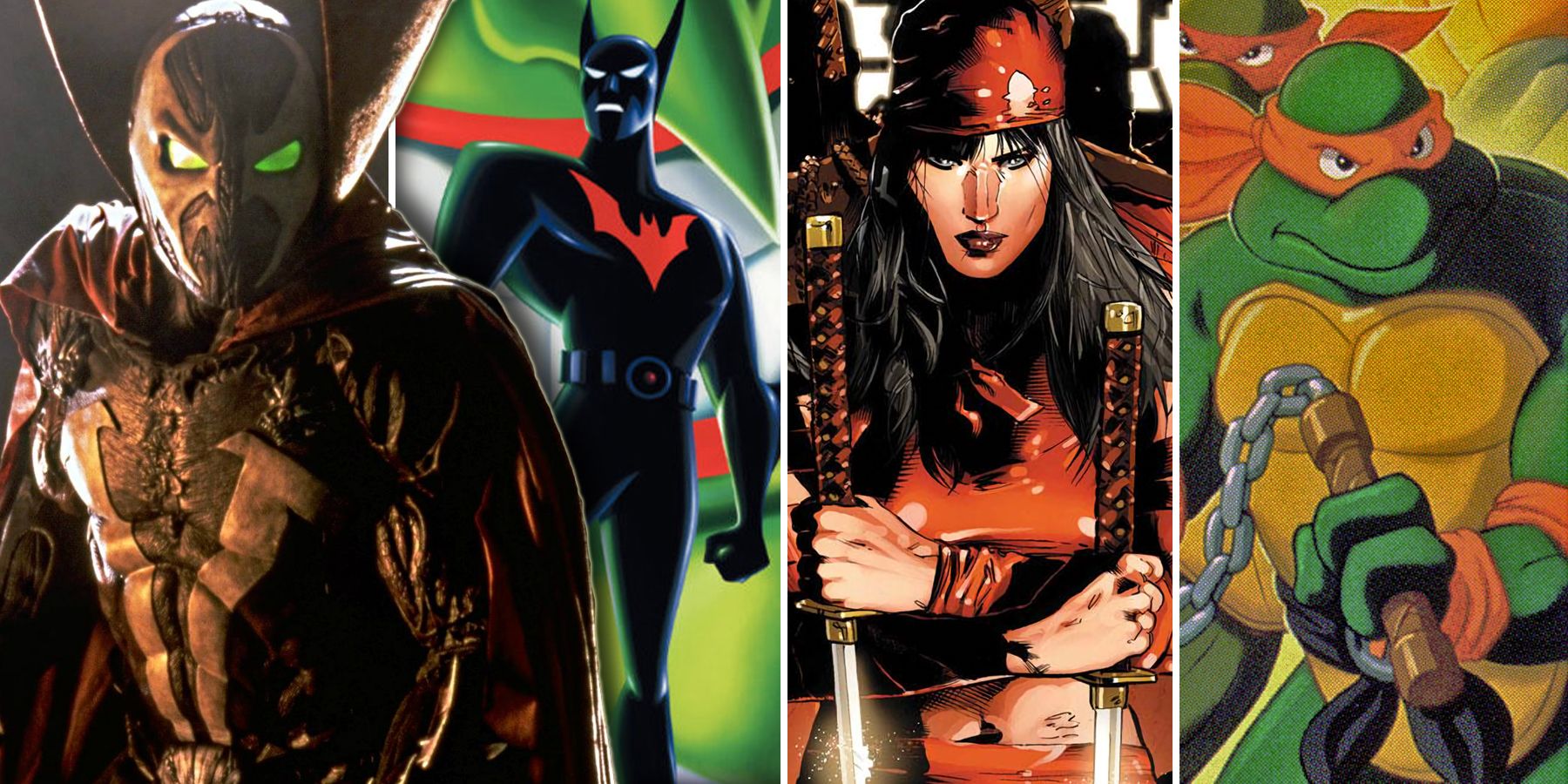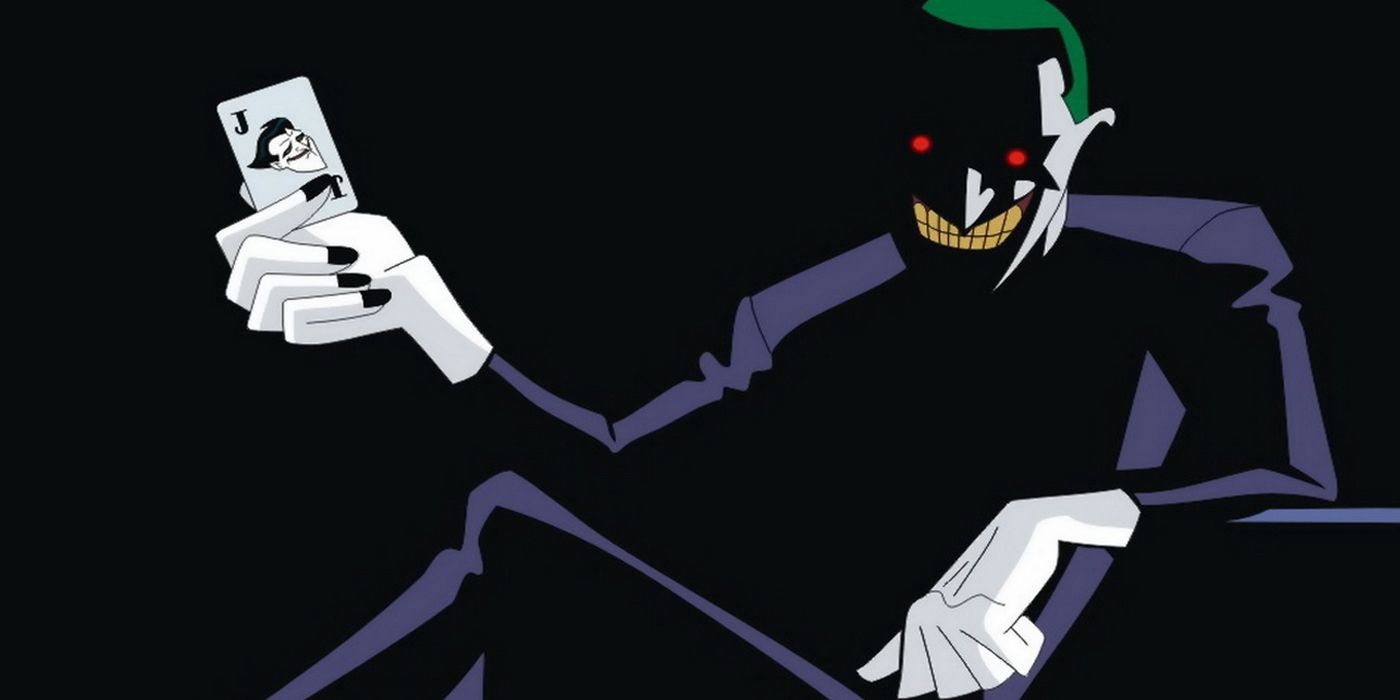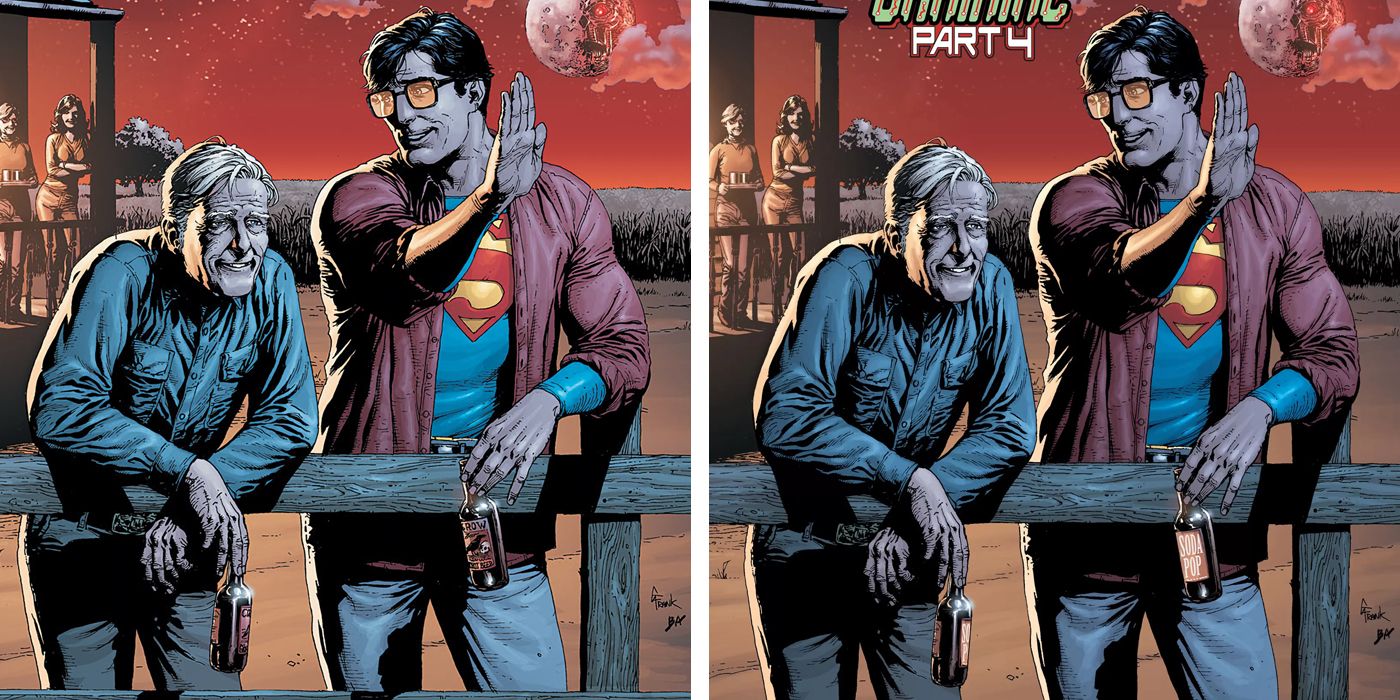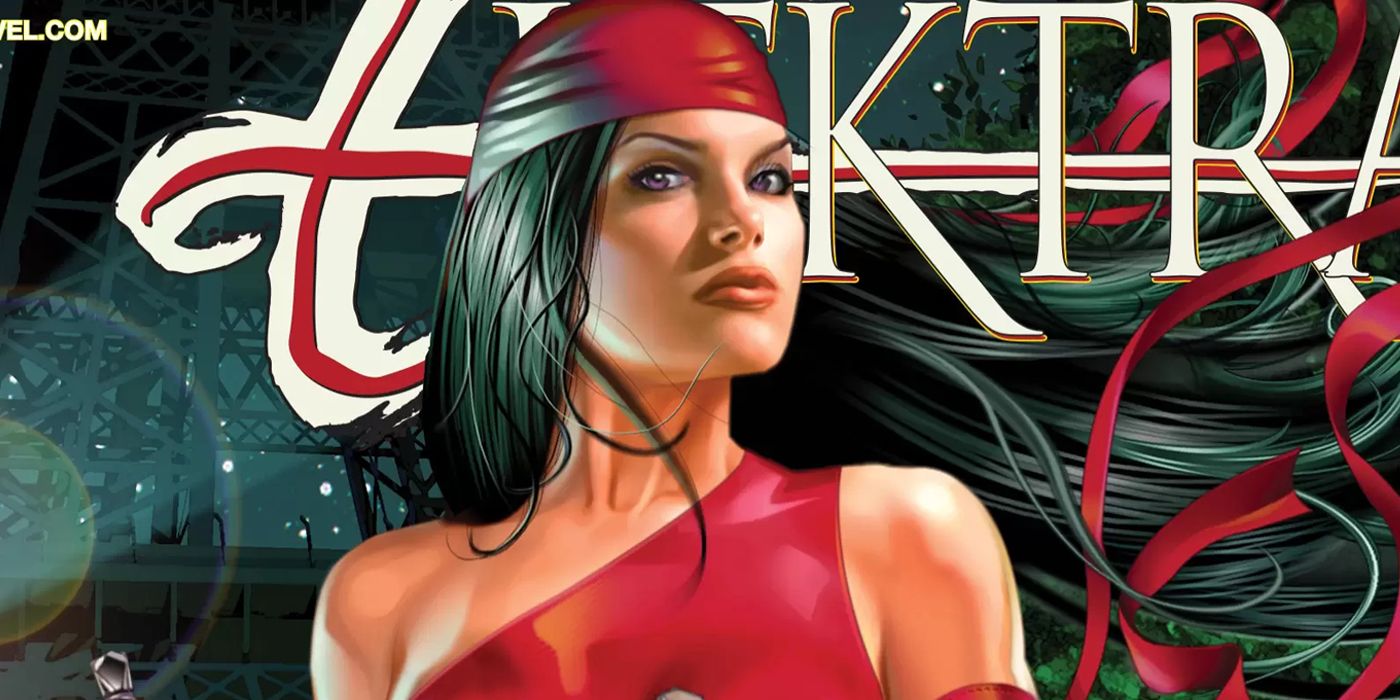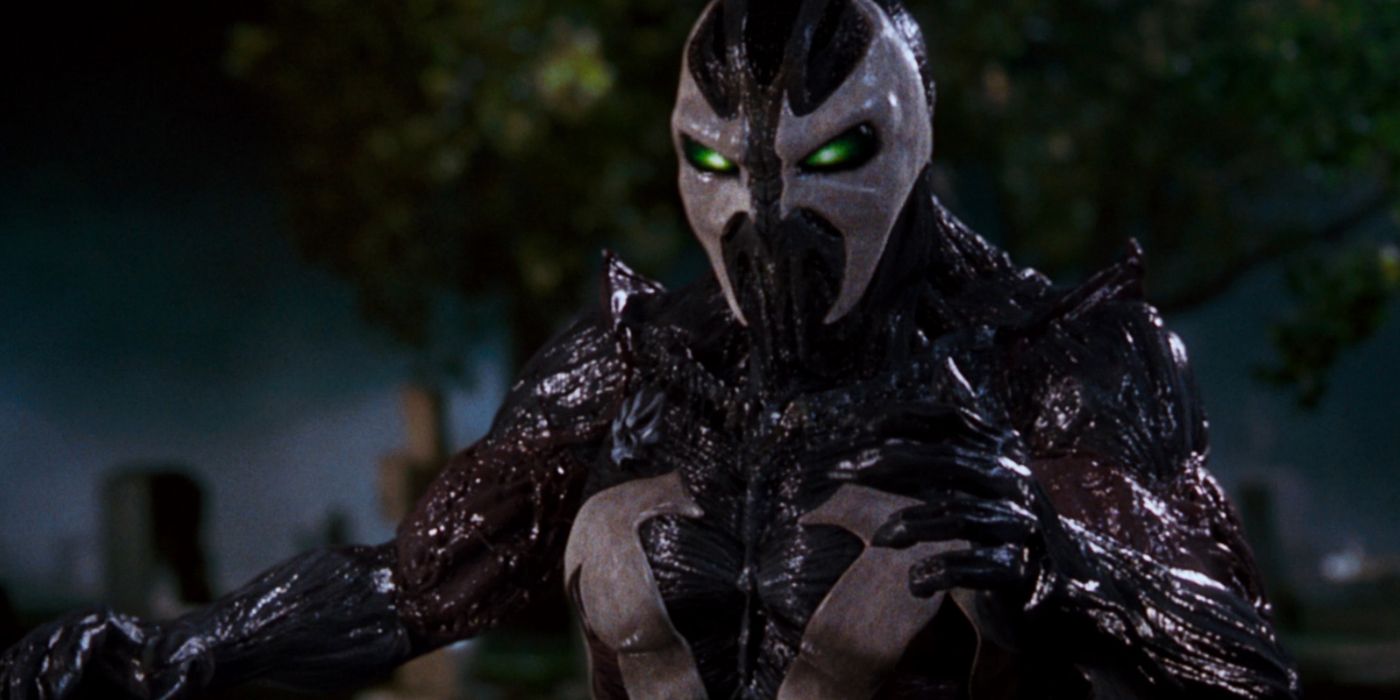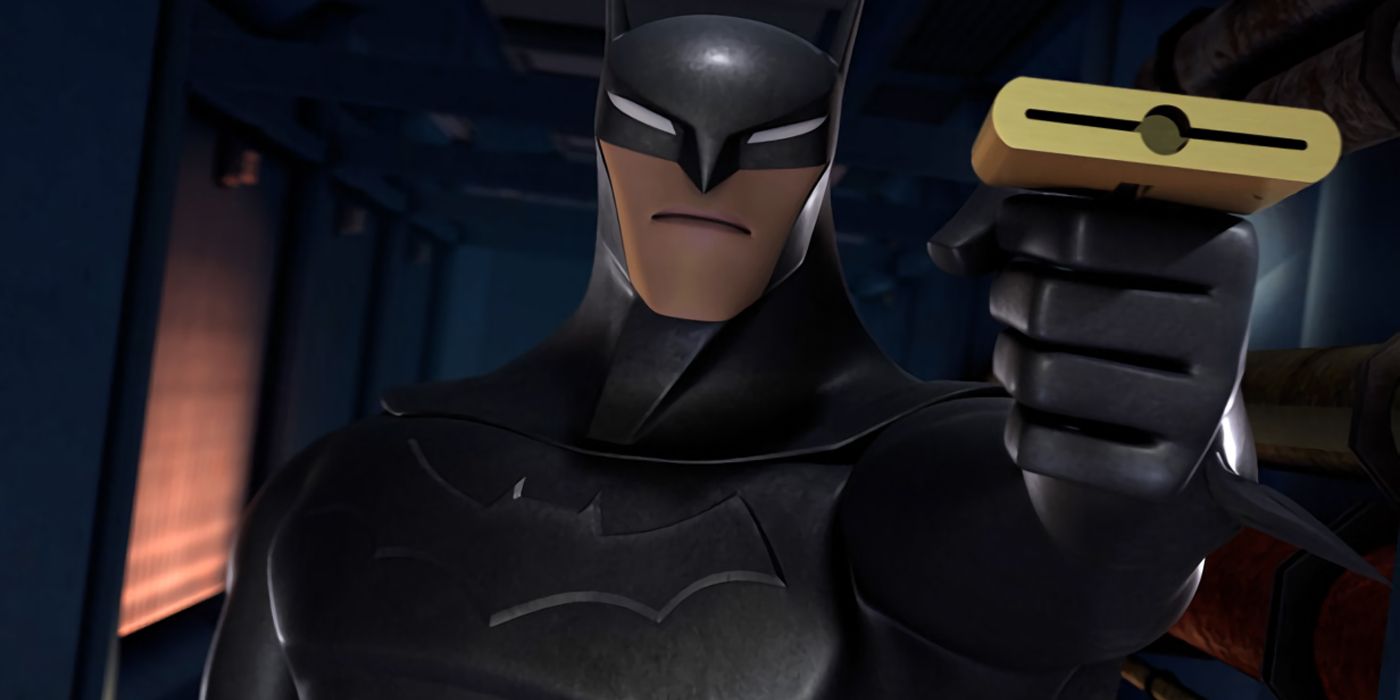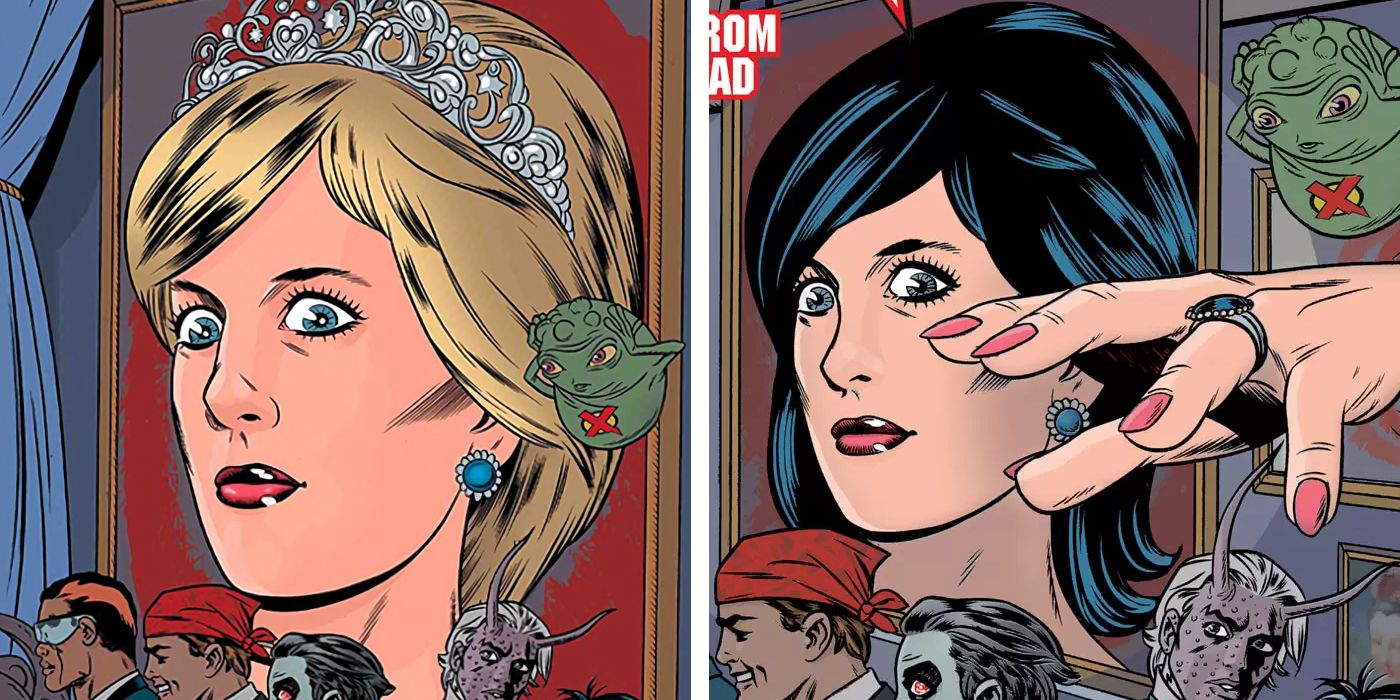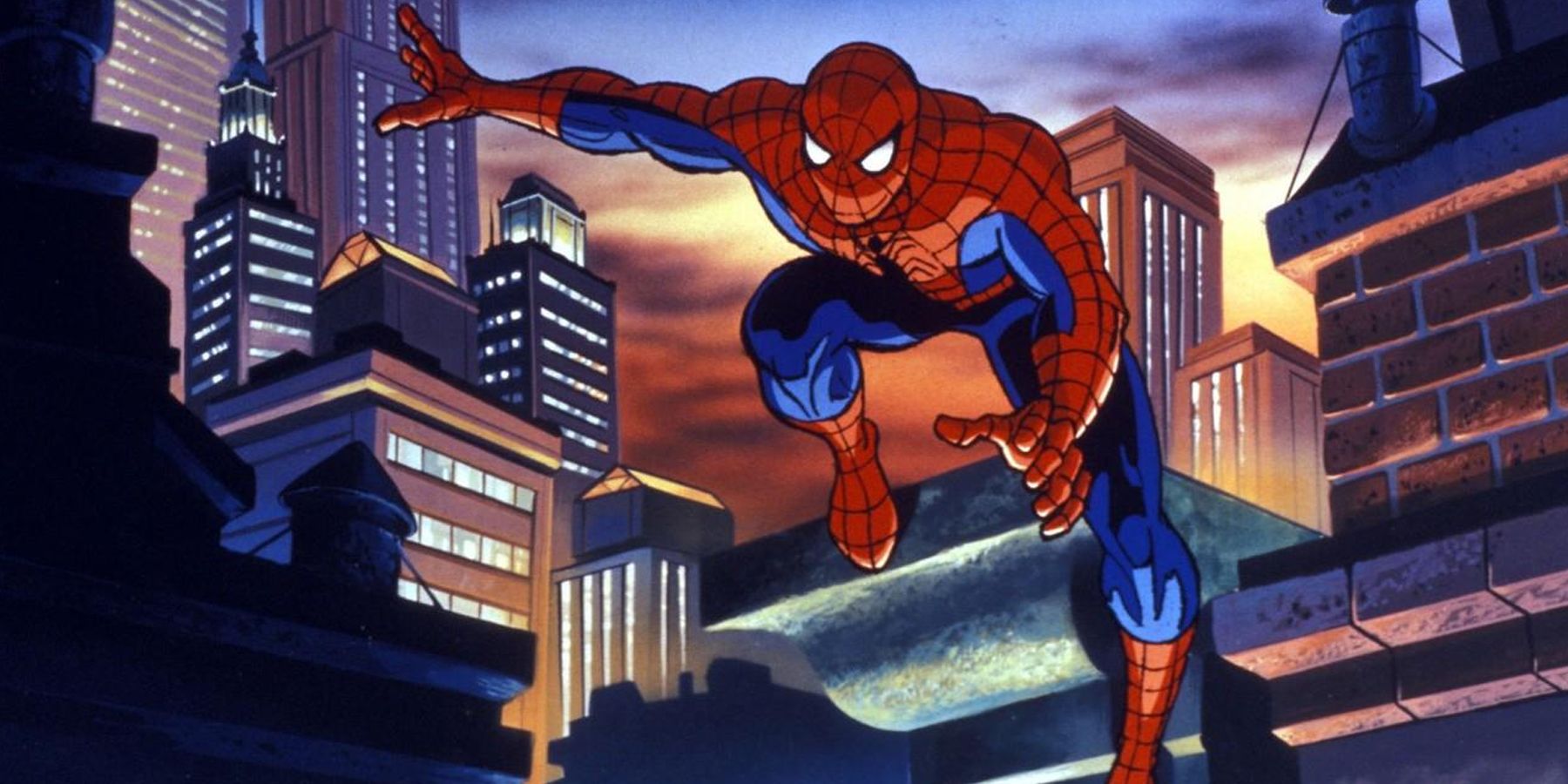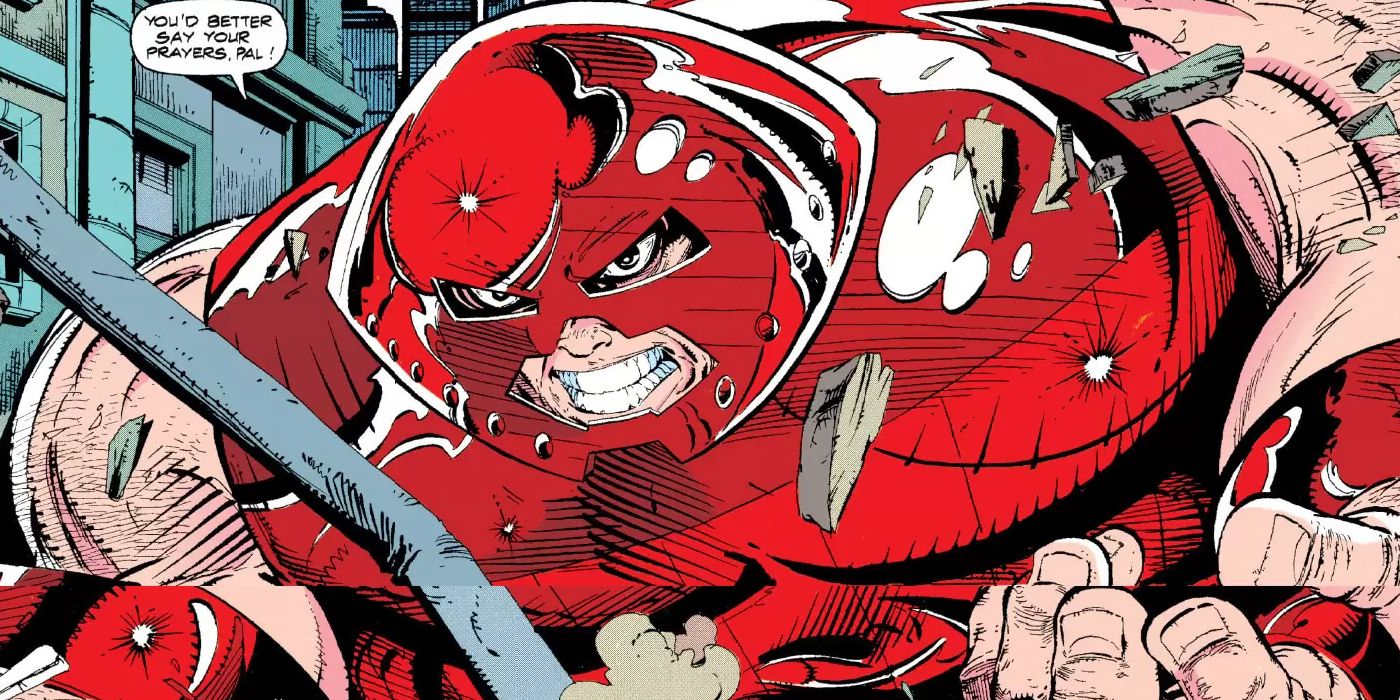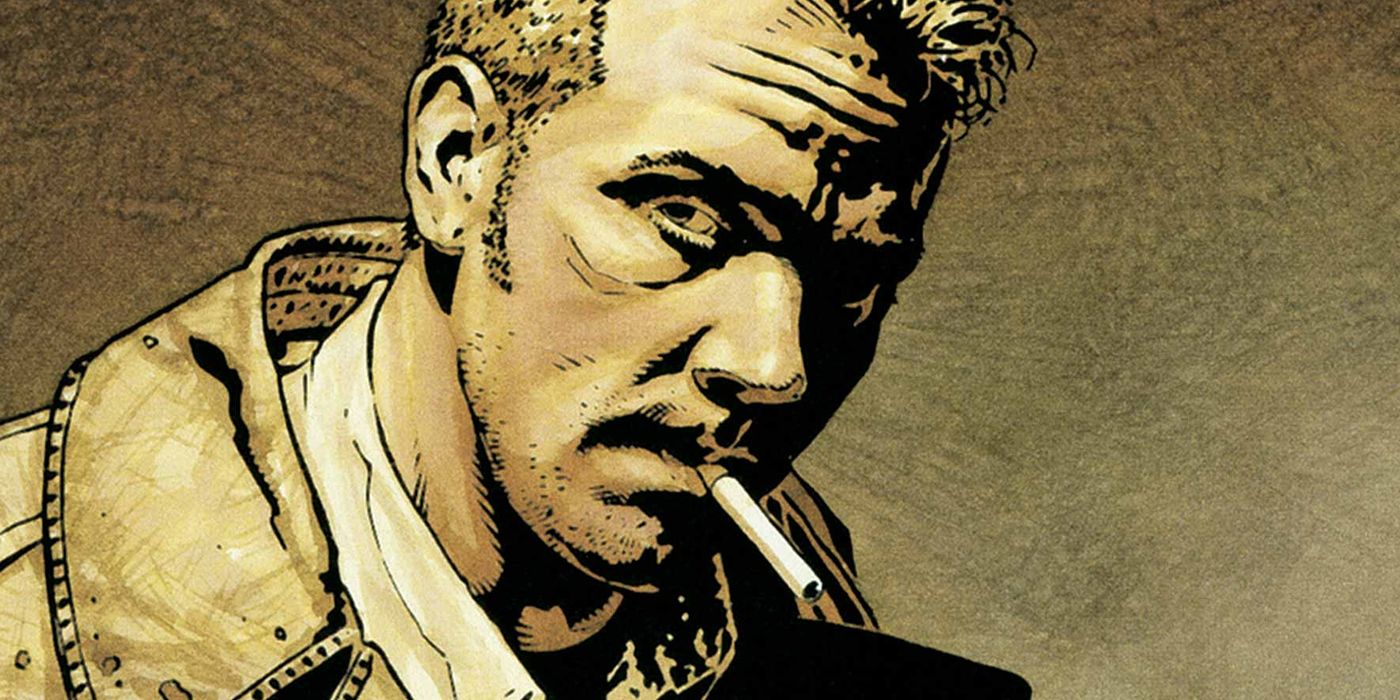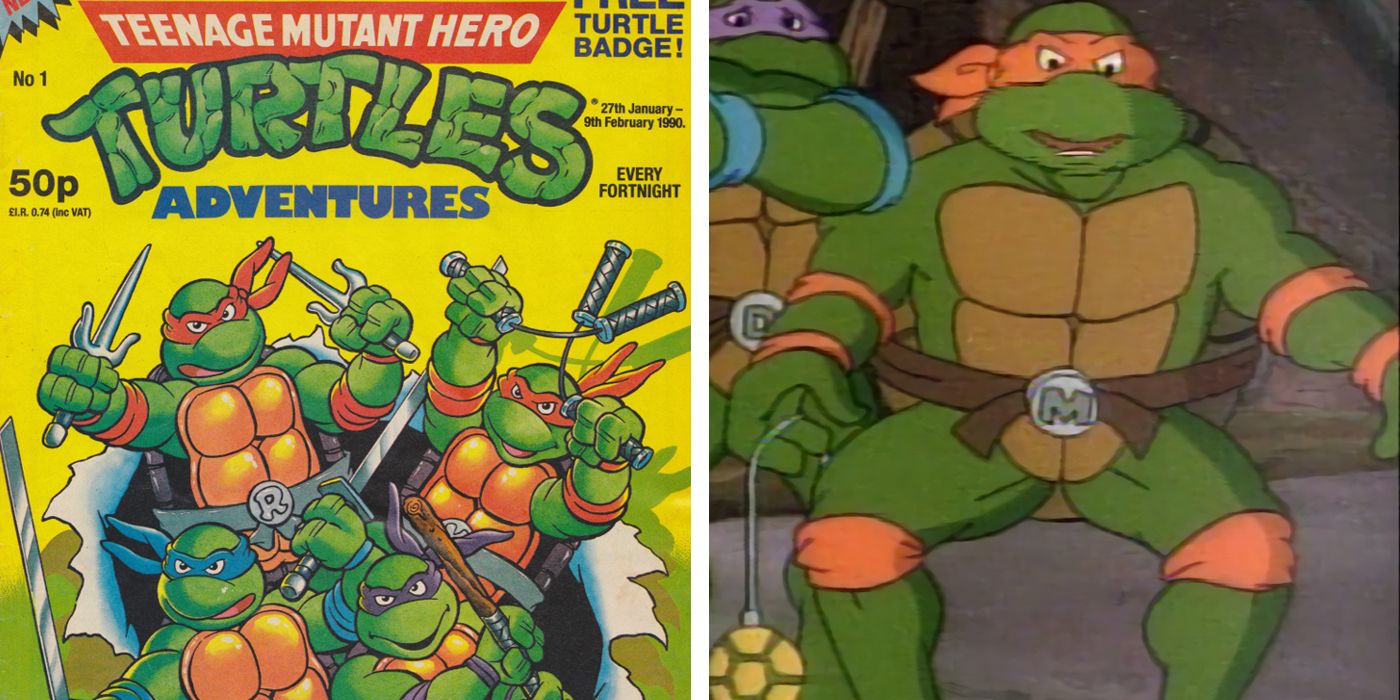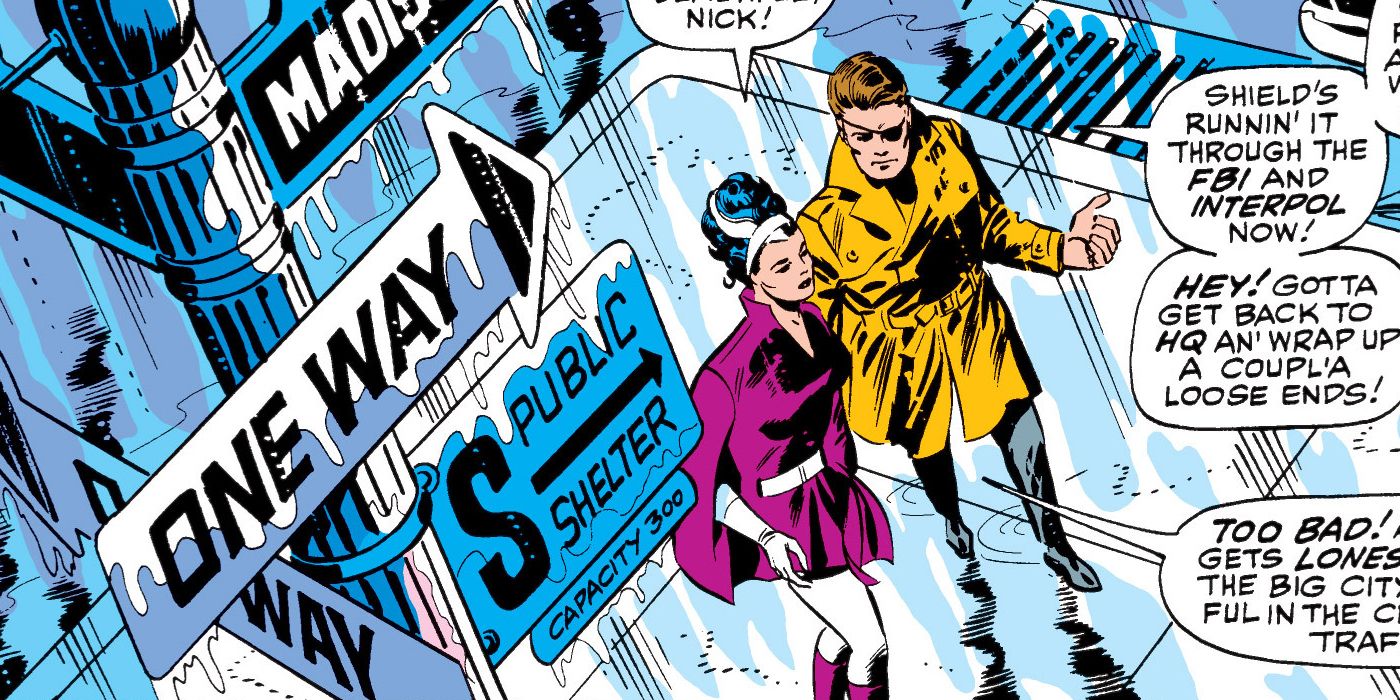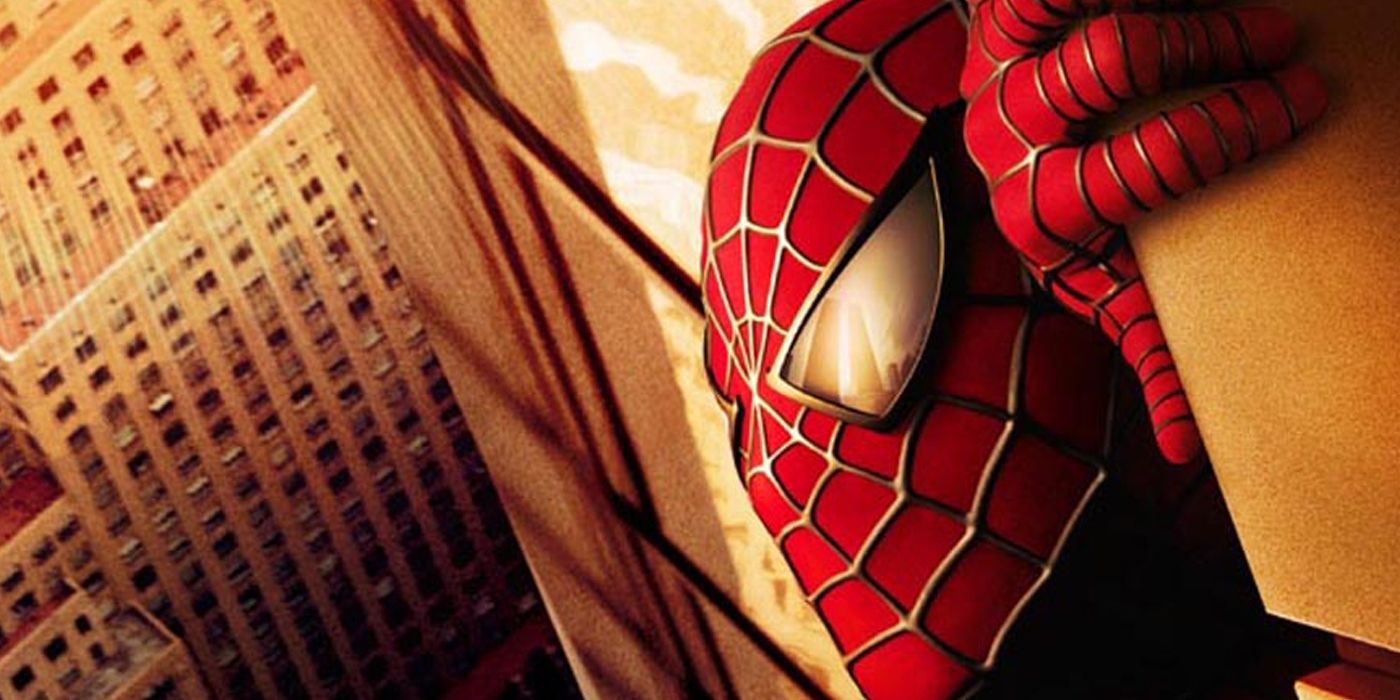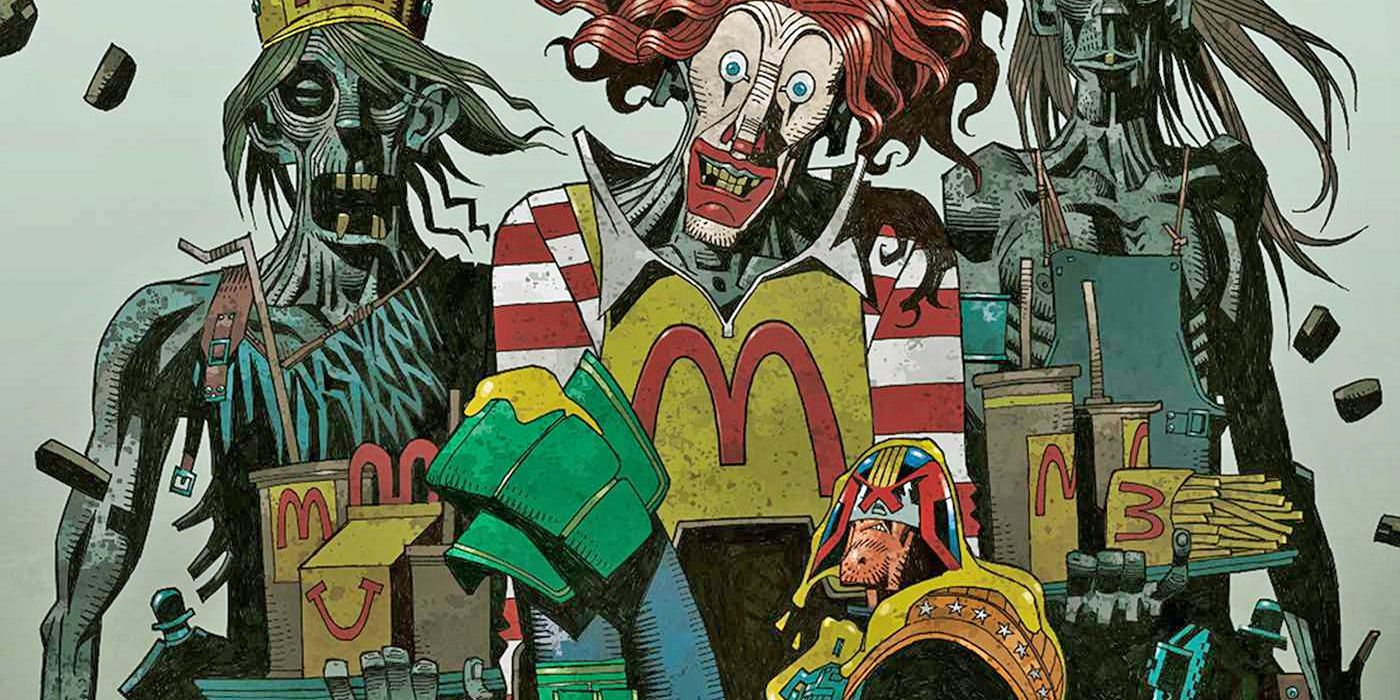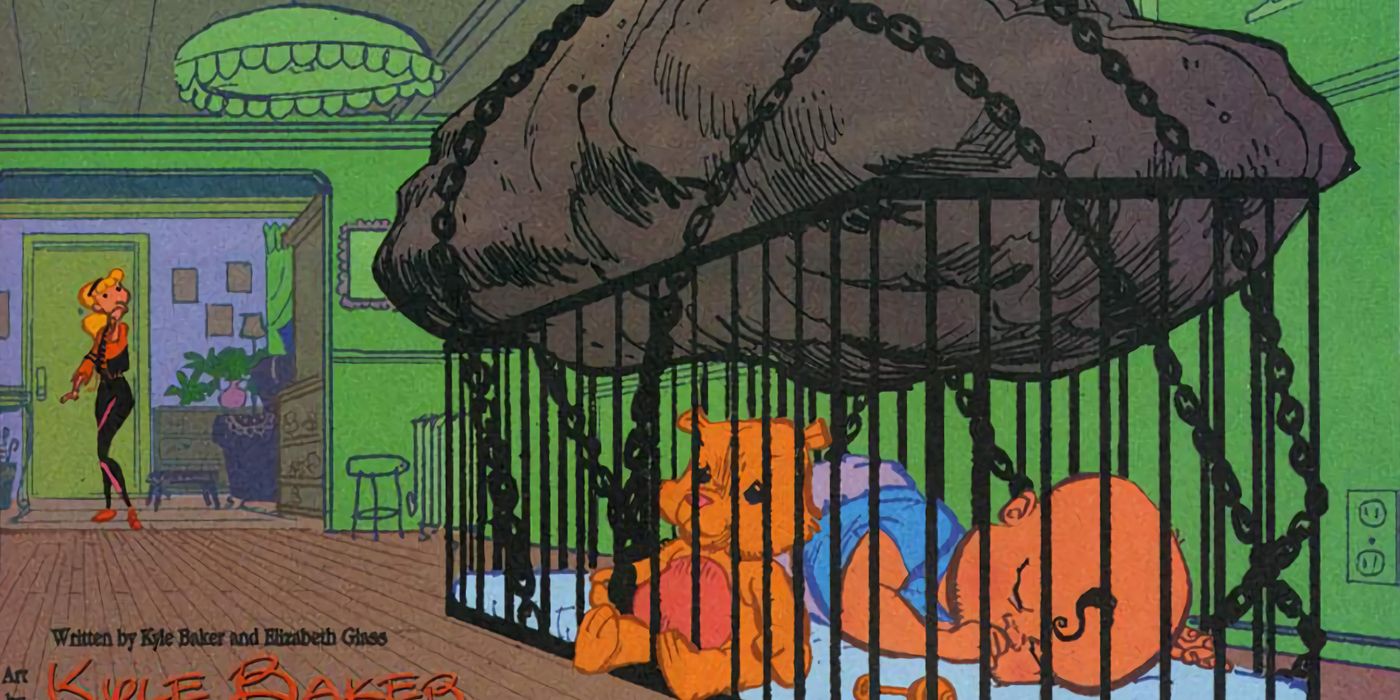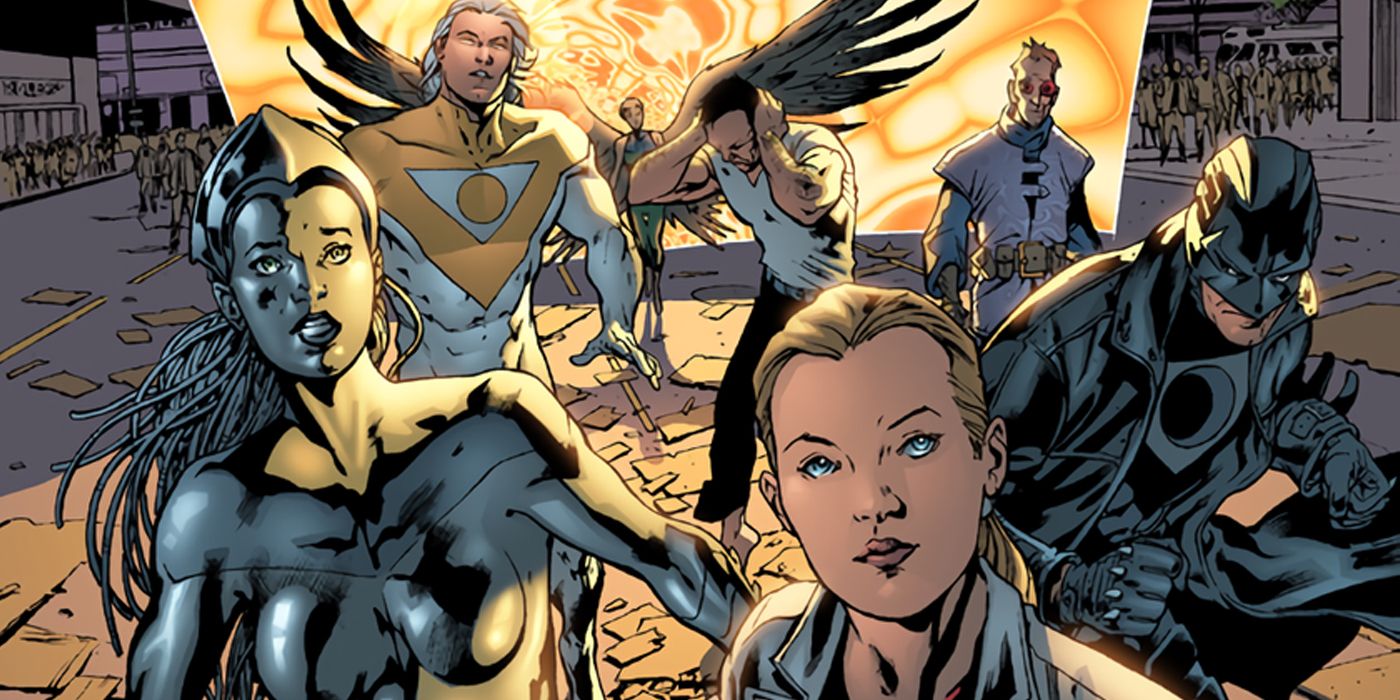In some ways, superheroes only exist as we know them today because of censorship. After ultra-violence and salacious content caused a national outrage over comics in the 1950s, the comic book industry responded by adopting the Comics Code in 1954. Under the Comics' Code's draconian content standards, genres like horror and crime couldn't thrive. The superhero genre reemerged to become the dominant force in the American comic book market, and Marvel and DC Comics began to thrive in the new age of heroes. Despite that, superheroes have drawn the ire of censors plenty of times since those early days. As the genre has evolved to cater to changing societal standards and the tastes of more adult audiences, superheroes have continued to push the boundaries of what is acceptable content.
RELATE: 15 Classic Kids Shows That Would Horrify Parents Today
Now, CBR is looking back at the controversial incidents when superheroes were censored. In this list, we'll be looking at times when superhero comics, TV shows and films were held back or dramatically altered because of potentially objectionable content. While some of the following incidents went unnoticed, others sparked high-publicized controversies of their own. Although some of these entries were eventually released as intended, they all mark the strange intersection between superheroes and the real world.
15 BATMAN BEYOND: RETURN OF THE JOKER
When Batman Beyond started following an elderly Bruce Wayne and the Batman of tomorrow in 1999, many fans were left wondering what happened to Robin. Other than a few obtuse references, the Boy Wonder's fate in the DC Animated Universe was left unrevealed until the 2000 direct-to-video animated feature, Batman Beyond: Return of the Joker.
Although the film was originally more violent than the Batman Beyond cartoon, it was heavily edited amidst a larger public uproar about violence in children's media. In the original version, a brainwashed Tim Drake, that world's second Robin, killed the Joker by shooting a projectile into his heart. In the edited version, the Joker slipped and fell into some live electrical wires in a scene that was arguably more graphic than the original version. The Joker's original demise was restored when the original edit of the film was released as an "uncut" version in 2002.
14 SUPERMAN HAS A DRINK
Despite his squeaky clean image, Superman has done plenty of morally questionable things over the years. For example, Clark Kent was part of plenty of teenage drama and debauchery in Smallville, and Superman has killed more than a few villains. Despite that, one of Superman's most controversial moments came when he had a drink with his adoptive father, Jonathan Kent.
On Gary Frank and Brad Anderson's cover to 2008's Action Comics #869, Superman and Pa Kent are seen talking and holding bottles of "Crow" brand beer or root beer. After DC said that was out of character for Superman, the publisher recalled the issue and printed an amended version where the bottles were clearly labeled "soda pop." According to some estimates, about 1,000 copies of the comic's first printing still exist, and they're fairly valuable collector's items on the secondary market.
13 ELEKTRA BARES ALL
In the late 1990s, Marvel launched the Marvel Knights imprint to offer some more adult takes on some of its heroes. While it propelled titles like The Punisher and Daredevil to new heights, the imprint caused a minor firestorm with the release of 2001's Elektra #3, by Brian Michael Bendis and Chuck Austen.
In one scene, Elektra confronted a S.H.I.E.L.D. agent in a darkened room while disrobed. Between Bendis' text-heavy writing and Austen's shadow-filled art, the scene kept anything salacious well hidden from view. Although the comic carried a "Mature Readers/Violent Content" warning on the cover, Marvel ultimately pulled the issue from shelves, although Elektra's back was to the reader. In all subsequent reprintings and collections of the issue, clearly defined underwear and even more shadows were added to the scene in question. Despite the recall, a few thousand copies of the first printing remain in circulation.
12 SPAWN: THE MOVIE
After its massive success helped kickstart Image Comics, Todd McFarlane's Spawn was one of the first Image titles to jump onto the big screen in 1997. In an era when comic book movies were relatively scarce, Mark A.Z. Dippe's Spawn had to appeal to a new, potentially wider audience. After the first version of the film was rated "R" by the Motion Picture Association of America, the film's producers made dramatic cuts to the feature that toned down its violence to get a PG-13 rating.
Despite poor reviews, these changes ultimately helped make Spawn a financial success. The original version of the film was released as a "Director's Cut" alongside the theatrical cut of the film when it hit video shelves in 1998. In the wake of successful R-rated superhero films like Deadpool and Logan, McFarlane's long-gestating Spawn follow-up will reportedly embrace the character's R-rated violence and supernatural roots.
11 BEWARE THE BATMAN
When Glen Murakami and Beware the Batman's other producers were developing that series, they wanted to create a Batman cartoon that was unlike anything that had come before. They did just that by combining an unusual assortment of Batman's villains and allies, including a gun-toting Alfred, with cutting-edge CGI animation. After the Aurora mass shooting occurred while the series was in production, Warner Bros. Animation ordered a comprehensive review of the violent imagery in the cartoon.
While a number of changes were allegedly made to Beware The Batman, the show's most notable changes involved replacing realistic weapons with sci-fi lasers. After these costly edits were made, the show premiered on Cartoon Network in 2013. Despite fairly positive reviews, the show was unceremoniously pulled from Cartoon Network's schedule after 11 episodes, and the remaining episodes were burned off in the overnight hours.
10 PRINCESS DIANA JOINS THE X-STATIX
Marvel's X-Statix, by Peter Milligan and Mike Allred, still stands as one of the most inventive comics of the 2000s. The series, which began as a revamp of X-Force, satirized celebrity culture by a rotating group of offbeat mutants who had a tendency to suffer shocking deaths in jarring moments of ultra-violence. While it garnered press and praise within the comic industry, X-Statix made international headlines when Marvel announced that the late Princess Diana of Wales would be joining the team.
After that plan caused international outrage, those plans were scrapped, and Diana's role went to Henrietta Hunter. Created by Milligan and Allred in 2003's X-Statix #13, Hunter was a dead European pop star who came back to life after her spirit possessed her old body. As a member of the X-Statix, she had the mutant abilities to read emotions, manipulate probability and communicate with the dead.
9 SPIDER-MAN: THE ANIMATED SERIES
Although it's not quite as beloved as Batman: The Animated Series or X-Men: The Animated Series, Spider-Man: The Animated Series was still one of the most popular superhero shows of the 1990s. While those other shows broke new ground in the kind of content that could be shown in cartoons, Spider-Man faced strict, sometimes strange censorship rules from network censors who were concerned about backlash against violent content.
While every show on the Fox Kids programming block faced similar restrictions, those rules had an outsized impact on an action show like Spider-Man. According to producer John Semper, who co-wrote most episodes of the show, Spider-Man couldn't throw a punch at any time during the cartoon. The series also couldn't use fairly benign words like "sinister," "death" and "die." In one particularly odd instance, censors insisted that Spider-Man didn't harm any pigeons as he swung from rooftop to rooftop.
8 JUGGERNAUT GETS THE POINT
Right before superstar artists Todd McFarlane and Rob Liefeld left Marvel to co-found Image Comics, their signature Marvel titles, Spider-Man and X-Force, crossed over with each other. In the 1993 story, "Sabotage," which also featured work from Fabian Nicieza, Spider-Man teamed up with Cable's paramilitary mutant team to take down the Juggernaut and his partner, Black Tom Cassidy.
In McFarlane's Spider-Man #16, Shatterstar, X-Force's other-dimensional swordsman, stabbed the Juggernaut in the eye. Even though Juggernaut's Gem of Cyttorak magically healed the injury by the next page, the impalement was still too gruesome for a Marvel story, even with the Comic Code's looser standards. In the redrawn version, the sword was only seen hurtling towards the Juggernaut, and the actual injury took place off-panel. Despite this, Marvel ran the original image alongside the amended version in Marvel Age #107, a promotional magazine that wasn't subject to the Comics Code's purview.
7 CONSTANTINE: SHOOT
For years, chronicling John Constantine's adventures in the pages of Hellblazer was a rite of passage for UK writers like Jamie Delano, Garth Ennis and Paul Jenkins. In 1999, writer Warren Ellis took over the Vertigo title for what was supposed to be a lengthy run. After 10 issues, Ellis' tenure on Hellblazer was cut short when DC Comics rejected "Shoot," a controversial story about a school shooting in the wake of the Columbine mass shooting.
Although the Hellblazer script had already been penciled by Phil Jimenez and inked by Andy Lanning, DC didn't want to release the story after the Columbine school shooting. Even though the story had been written beforehand, DC wouldn't publish it without major changes. Since he was reportedly unwilling to change the story, Ellis walked away from the title in protest. After the unfinished issue leaked online in 2000, it completed and released in 2010's Vertigo Resurrected: Shoot.
6 TEENAGE MUTANT HERO TURTLES
Even though they've been a childhood staple for generations by now, the Teenage Mutant Ninja Turtles saw their fair share of controversy in their 1980s heyday. When the animated series Teenage Mutant Ninja Turtles premiered in the UK, the word "ninja" was considered too violent for children's programming, so the show and all other Turtle products were renamed "Teenage Mutant Hero Turtles."
The Turtles' resident party dude, Michelangelo, faced an exceptional amount of censorship due to his weapon of choice, nunchucks. The martial arts weapons were effectively banned from British TV and film after public concern over weapon-wielding youth in the late 1970s. In the third season of Teenage Mutant Ninja Turtles, Michelangelo lost his nunchucks and began using the Turtle Line, a grappling hook, as his primary weapon to appease UK broadcasters. Over time, the controversies wore off, so ninjas and nunchucks returned to their prominent spots in Turtles' lore.
5 NICK FURY'S NIGHT IN
While Stan Lee and Jack Kirby were still shaping the still-young Marvel Universe in the mid-1960s, Jim Steranko took Marvel into bold new directions with his landmark run on Nick Fury, Agent of S.H.I.E.L.D. By fusing elements of pop art and abstract psychedelic design into his comics work, Steranko turned the secret agent into one of Marvel's most stylish characters.
Despite all that, Steranko's work pushed the boundaries of what was acceptable under the Comics Code and was altered on a few occasions. In 1968's Nick Fury, Agent of S.H.I.E.L.D. #2, a romantic moment between Fury and Contessa Valentina Allegra de la Fontaine was famously censored. A panel of the two in a fully-clothed embrace was replaced with a shot of Fury's gun in its holster. As Steranko later noted, that image was, ironically, far more suggestive than his original drawing.
4 SPIDER-MAN'S NEW YORK
In the same way that Batman wouldn't be the same without Gotham City, New York is a fundamental part of Spider-Man. As the advertising campaign for Sam Raimi's Spider-Man began in earnest in late 2001, several ads were immediately pulled in the wake of the 9/11 attacks. The film's first teaser trailer featured an eerie scene where Spider-Man saved a helicopter by spinning a giant web between the Twin Towers of the World Trade Center. That trailer was pulled from theaters, and a movie poster that showed the reflection of the buildings in Spider-Man's mask was also recalled.
A 1995 episode of Spider-Man The Animated Series was also edited for rebroadcast after the attacks. In "Night of the Hunters," Kraven the Hunter tracked Spider-Man down to the World Trade Center's garage after detecting residue from the 1993 bombing at that site. The line referencing that attack was removed from all subsequent airings.
3 JUDGE DREDD GRABS A BITE
For decades, Judge Dredd has thrilled 2000 A.D.'s readers with its mix of bleak sci-fi action and boundary-pushing dark satire. While 2000 A.D. has gotten away with parodies like a martial artist named Stan Lee, the weekly British anthology met its match during "The Cursed Earth." In that iconic 1970s Dredd story by Pat Mills, Mike McMahon, John Wagner, Chris Lowder and Brian Bolland, Dredd traveled through America's post-apocalyptic radioactive wasteland and met a few familiar faces.
During "The Cursed Earth," Dredd met a Jolly Green Giant, a Michelin Man and two rival gangs led by Ronald "MacDonald" and a Burger King. After the owners of those corporate mascots sued, 2000 A.D. issued a retraction and banned those stories from ever being reprinted in collections of "The Cursed Earth." After UK parody laws changed in 2015, 2000 A.D. reprinted the banned comics in 2016's Judge Dredd: The Cursed Earth Uncensored.
2 SUPERMAN'S BABYSITTER
Between his adventures as Superboy and on Smallville, Superman's early days have been well documented. However, in Kyle Baker and Elizabeth Glass' "Letitia Lerner, Superman's Babysitter," a look at Superman's earliest days on Earth took a controversial turn. In that comedic tale, a hapless babysitter watched in horror as an infant Superman got into all sorts of super-powered mischief, including biting an electrical wire and crawling into a microwave.
After DC objected to those scenes, the publisher pulled Elseworlds 80-Page Giant, the anthology the story was set to appear in, from its schedule and destroyed most copies of the issue. A handful of copies had already been sent to Europe, and the book became an instant collector's item. After the controversial story won two Eisner Awards in 2000, DC published the story as part of the 2001 mature readers anthology Bizarro Comics and finally released the unaltered Elseworlds special in 2011.
1 THE AUTHORITY
As the late 1990s turned into the early 2000s, The Authority changed superheroes forever. After Warren Ellis and Bryan Hitch pioneered widescreen action in the comic, Mark Millar, Frank Quitely and Arthur Adams turned the WildStorm Productions title into a lightning rod for controversy. Throughout Millar's run, changes were made to keep real-world politicians out of the team's sights, and a story involving the gruesome decimation of a pastiche of Marvel's Avengers was toned down.
After the 9/11 attacks, DC Comics, WildStorm's parent company, took increasing issue with The Authority's trademark ultra-violence. The Authority: Widescreen, a special featuring the return of Bryan Hitch, was canceled since it would've featured the destruction of New York. In Millar and Adams' final issues, a number of gruesome and disturbing scenes were rewritten or re-illustrated at DC's request. While that version of The Authority ended in 2002, the controversial comic's legacy still stands tall today.
Stay tuned to CBR for all the latest in comics and pop culture news! Let us know which other moments of superhero censorship you remember in the comments!

